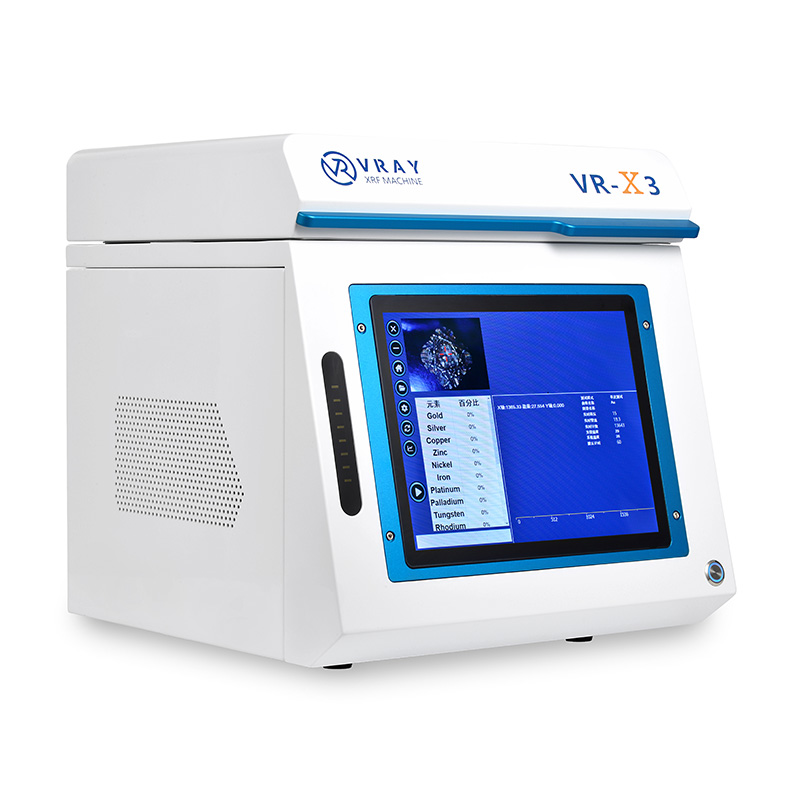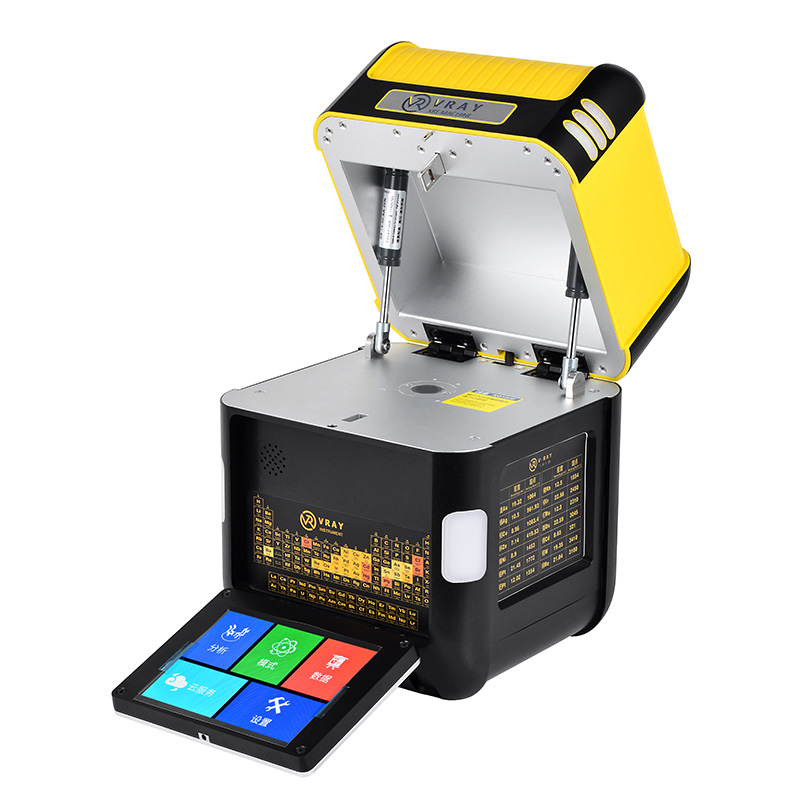
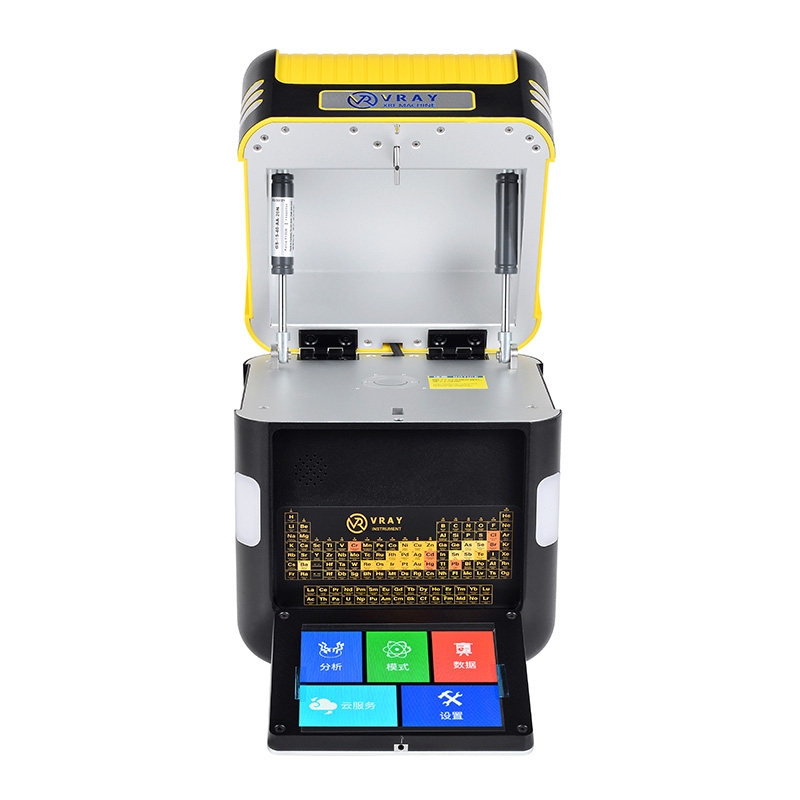
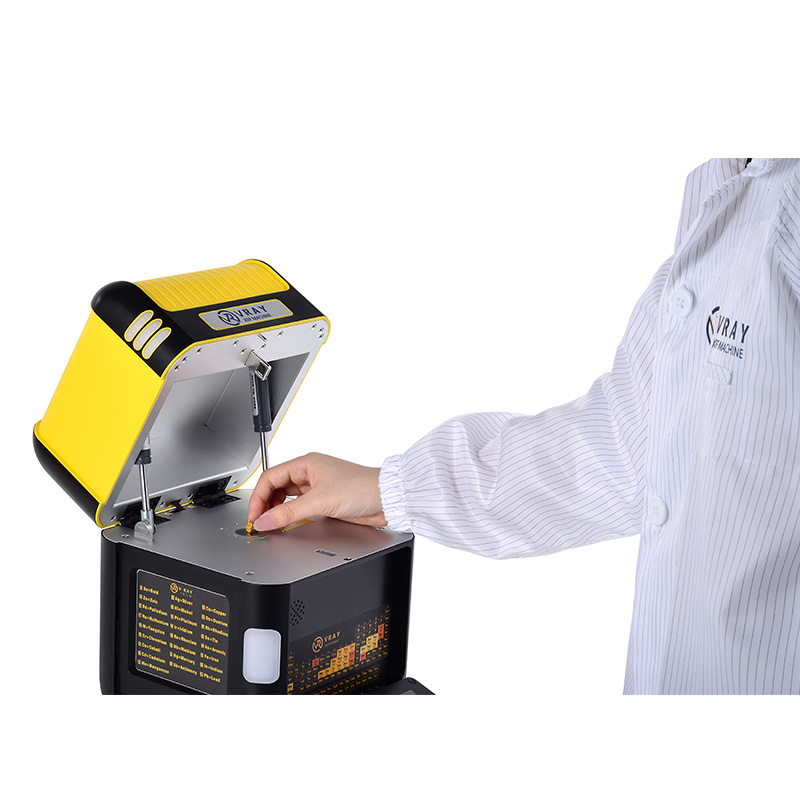
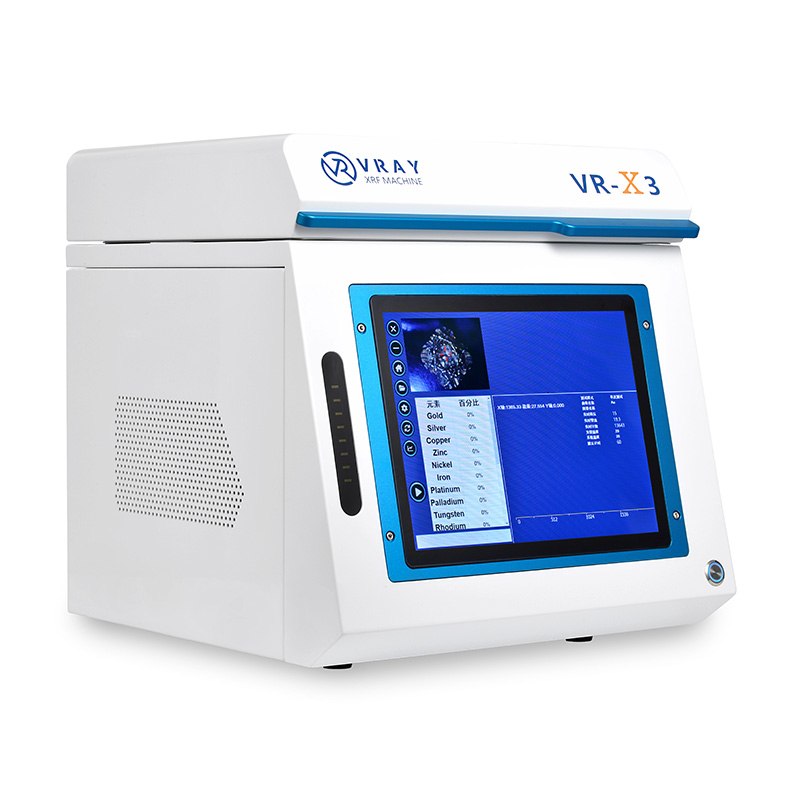
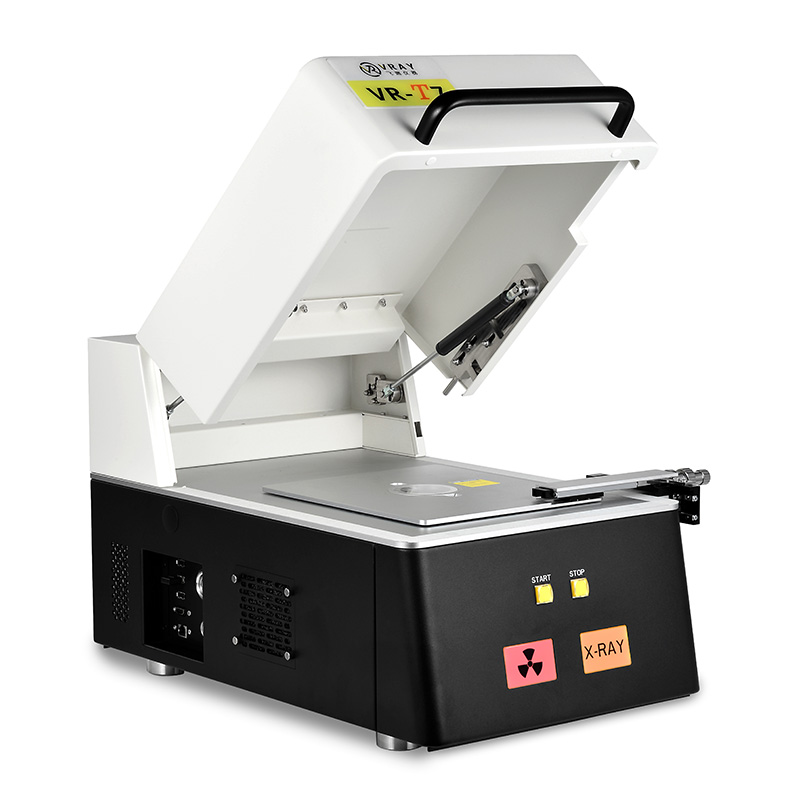

- Request A Quote
Understanding the Difference Between 18k, 21k, and 24k Gold: Your Ultimate Guide
When you compare different karats of gold, you'll notice clear distinctions in purity, color, and durability. 18k gold contains 75% pure gold, striking a perfect balance between luxury and strength for daily jewelry. 21k and higher karat golds offer a richer yellow color but are softer and may deform more easily. 24k gold stands out as the purest but ranks lowest in durability, making it best for investment or special occasions. You'll find that lower karat gold costs less, while higher karat weight increases both price and purity. The best gold for you depends on your needs—choose lower karat for active wear and higher karat for value and beauty.
Key Takeaways
18k gold offers a strong balance of 75% pure gold and durability, making it ideal for daily wear and fine jewelry.
21k gold contains about 87.5% pure gold, giving it a richer yellow color but a softer feel, best for special occasions.
24k gold is nearly 100% pure and shines with a bright yellow color but is the softest, suited mainly for investment or collectibles.
Higher karat gold costs more and looks more vibrant, but lower karat gold lasts longer and resists scratches better.
Choose your gold karat based on your lifestyle: 18k for everyday use, 21k for traditional or special pieces, and 24k for investment or collectibles.
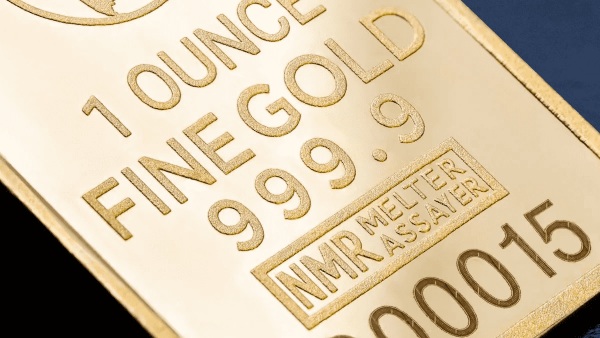
Understanding Karat for Gold
Definition
When you see jewelry marked with numbers like 18k, 21k, or 24k, these numbers indicate the karat of the gold. The karat system measures how much pure gold is in a piece compared to other metals. One karat means one part out of 24 is pure gold. So, 24k gold is pure gold, while lower karats have more mixed-in metals like copper, silver, or zinc. This system started in ancient times and is still used worldwide to show the gold content in jewelry and coins.
You can trust karat markings because they follow strict rules. For example, in the United States, the law requires gold products to have the correct karat weight clearly marked. This protects you from fake or misleading markings. Only genuine gold can bear these marks, and the jewelry must meet minimum standards for durability and gold content.
Tip: Always check for a hallmark or stamp inside your jewelry. This mark shows the karat and sometimes the maker, helping you confirm you're buying genuine gold.
Purity Levels
The karat system helps you compare different karats of gold. Each karat tells you the percentage of pure gold in an item. For example, 18k gold has 75% pure gold, while 21k gold has about 87.5%. The highest, 24k gold, is almost 100% pure. Lower karat gold, like 10k or 14k, has less gold content and more other metals. The purity of gold directly affects its color, strength, and price.
To check gold purity, jewelers use several methods. You might see hallmarks like “750” for 18k or “999” for 24k. These numbers use the millesimal fineness system. Some jewelers use acid tests, electronic testers, or even advanced X-ray machines from VRAY Instrument Limited to ensure the gold's authenticity. Buying from a trusted source helps you get the right karat and the best value.
Before you buy, you should always know the karat weight and gold content. This helps you choose the right gold for your needs, whether you want higher karat for beauty or lower karat for daily practicality.
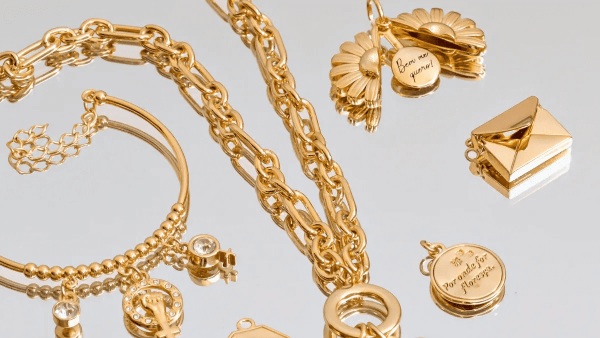
18k Gold
Composition
When you choose 18k gold, you get a blend of 75% pure gold and 25% other metals. Jewelers often mix in copper, silver, or zinc to create this alloy, which increases the gold's strength and helps it keep its shape. Industry experts confirm this ratio is standard for gold jewelry. The added metals make 18k gold more practical for daily wear than higher karat gold, which can be too soft.
Color
You'll notice that 18k gold has a rich, warm yellow color. The high gold content gives it a deep shine, but the other metals can slightly change the shade. Sometimes, you might see a hint of rose or white, depending on the alloy mix. The color of 18k gold stands out more than lower karat gold, but it's not as bright as pure 24k gold. Many people love this balanced look because it feels both luxurious and classic.
Durability
18k gold offers a good balance between beauty and strength. The extra metals make it harder than 24k gold, so it resists bending and scratching better. However, it is still softer than 14k or 10k gold, which have even more alloy content. 18k gold is strong enough for most jewelry, but you may need to polish it sometimes if you wear it every day.
Uses
You'll find 18k gold in many types of jewelry. Its mix of purity and strength makes it a favorite for:
Wedding bands and engagement rings
Bracelets and necklaces for daily wear
High-end fine jewelry pieces
Many people pick 18k gold because it offers both luxury and practicality. The karat weight gives you high gold content, while the alloy metals help your jewelry last longer.
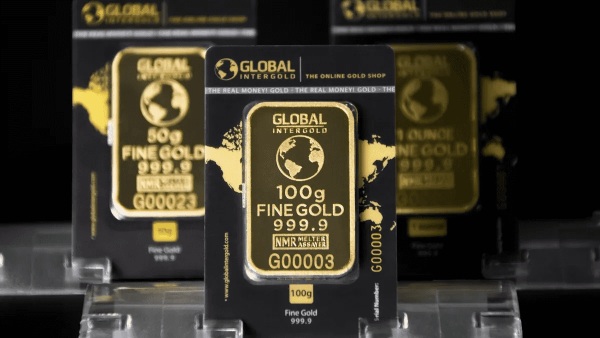
21k Gold
Composition
When you look at 21k gold, you're seeing a metal that contains about 87.5% pure gold. Jewelers mix this high gold content with other metals, such as copper or silver, to create a strong but beautiful alloy. This higher karat gold gives you more purity than 18k gold but still keeps enough strength for making jewelry, providing a luxurious and valuable feel.
Color
You'll notice that 21k gold has a vibrant, deep yellow color. The higher gold content creates a richer and brighter shine than 18k gold, looking closer to pure gold. The color stands out in jewelry, making it popular for special pieces. If you want your jewelry to have a bold and classic gold look, 21k gold is a great choice.
Durability
21k gold offers moderate durability. The higher karat weight means more gold and less alloy, so the metal feels softer than 18k gold. It can bend or scratch more easily than lower karat gold, so you need to take care when wearing it every day. However, it still holds up better than 24k gold, which is the softest.
Tip: Always store your higher karat gold jewelry in a safe place to avoid scratches and dents.
Uses
You often find 21k gold in fine jewelry, especially in regions where people value higher purity. Jewelers use it for necklaces, earrings, and bangles that you wear on special occasions. Some people choose 21k gold for wedding jewelry because of its rich color and high gold content. If you want jewelry that shows off both beauty and value, 21k gold is a smart pick.
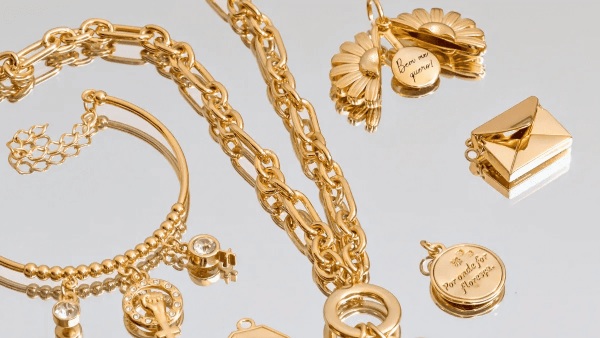
24k Gold
Composition
You get the highest level of purity when you choose 24k gold. This gold is 99.9% pure, meaning it contains almost no other metals. The karat system marks 24k as the top, with all 24 parts made of gold. Jewelers and industry experts use the fineness system to show this purity, often marking it as “999” on bars and coins.
Color
24k gold stands out because of its bright, vibrant yellow color. The high gold content creates a shine that looks richer than any lower karat gold. You'll notice that 24k gold always looks the most luxurious and eye-catching.
| Karat | Gold Purity | Yellow Gold Color Description |
| 10K | 41.7% | Light yellow (less saturated) |
| 14K | 58.3% | Warm yellow |
| 18K | 75% | Rich, deep yellow |
| 24K | 99.9% | Bright, vibrant yellow |
Durability
You should know that 24k gold is the softest type of gold. Its high purity makes it easy to bend or scratch. This softness means 24k gold is not a good choice for everyday jewelry. If you wear it often, it can lose its shape or get damaged. Lower karat gold, like 18k or 21k gold, is much stronger because it has more alloy metals.
Tip: Store your 24k gold pieces in a safe place and avoid wearing them during daily activities.
Uses
You will mostly find 24k gold in investment products, such as gold bars and coins. Investors and collectors prefer this karat because of its high purity and value. Some cultures use 24k gold for special occasion jewelry, but it is rare because of its softness. You may also see it used in electronics, where high purity is important.
Summary and Comparison
You can quickly compare the different karats of gold using the table below. This table shows the main features of 18k, 21k, and 24k gold, including gold purity, color, durability, price, and typical uses.
| Karat | Gold Purity (%) | Color Description | Durability | Price Level | Typical Uses |
| 18k | 75 | Rich, deep yellow | Durable | High | Daily wear, engagement rings, fine jewelry |
| 21k | 87.5 | Vibrant, classic yellow | Moderately durable | Premium | Traditional jewelry, special occasions |
| 24k | 99.9 | Bright, vibrant yellow | Softest | Most expensive | Investment, collector’s items, rare jewelry |
Choosing the Right Karat
Experts suggest using a simple decision-making framework to pick the best karat of gold for your needs. Look at your lifestyle, budget, and what you want from your jewelry.
If you need gold jewelry for daily wear, choose 18k gold. It gives you good durability and a rich look.
If you want something more traditional or for special occasions, 21k gold offers a beautiful color and higher purity.
If you want to invest or collect, 24k gold is the best choice. It has the highest purity and value but is not strong enough for everyday use.
Tip: Think about how often you will wear your gold jewelry and how much you want to spend. The best karat for you depends on your lifestyle and what matters most to you.
FAQs
What does karat mean in gold jewelry?
Karat shows how much pure gold is in your jewelry. A higher karat means more gold and less other metal. For example, 24k gold is almost pure gold, while lower karat gold has more alloys for strength.
Can you wear 24k gold every day?
You should avoid wearing 24k gold daily. Pure gold is very soft and bends or scratches easily. Choose 18k or 21k gold for jewelry you want to wear often. These types are more durable and hold their shape better.
Why does gold jewelry come in different colors?
Jewelers mix gold with other metals to change its color. Copper gives gold a reddish tone, while silver or palladium makes it look whiter. This mix also affects how strong the jewelry is.
How do you know if your gold is real?
First, check your jewelry for a stamp or hallmark, which usually shows the karat. You can also ask a jeweler to test your gold using professional tools or machines. VRAY Instrument Limited offers high-precision X-ray testers that can quickly and non-destructively verify the purity and authenticity of your gold, giving you confidence in your purchase.
Address: 5F, No. 21 building, Phase 2,Lianchuang Science&technology Park, Longgang District. Shenzhen, China
- Tel:+86 19878886646
- Email: selina@vrxrf.com
- Worktime:8:00-02:00
- Contact Person:Selina
- Mobile Site


